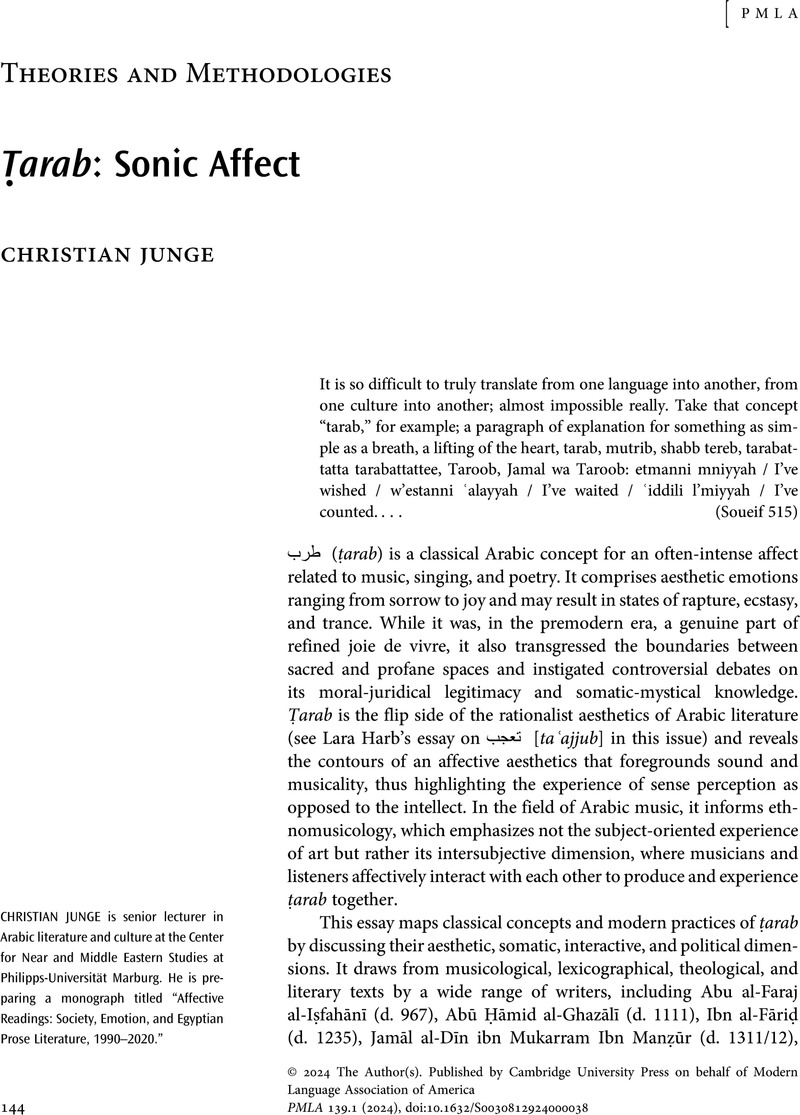Crossref Citations
This article has been cited by the following publications. This list is generated based on data provided by Crossref.
Rashwan, Hany
Al-Yammahi, Ghanimah
Alseyabi, Arwa
Al Ahbabi, Asma
and
Alazeezi, Moudi
2025.
Balāgha is not rhetoric.
Translation and Interpreting Studies,
Riziq, Doaa K.
Haider, Ahmad S.
Saed, Hadeel
Tair, Sausan Abu
and
Sahari, Yousef
2025.
The pentathlon approach to translating Arabic songs into English.
Babel. Revue internationale de la traduction / International Journal of Translation / Revista Internacional de Traducción,
Vol. 71,
Issue. 4,
p.
548.


